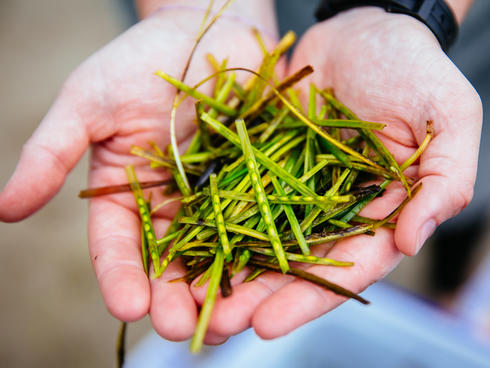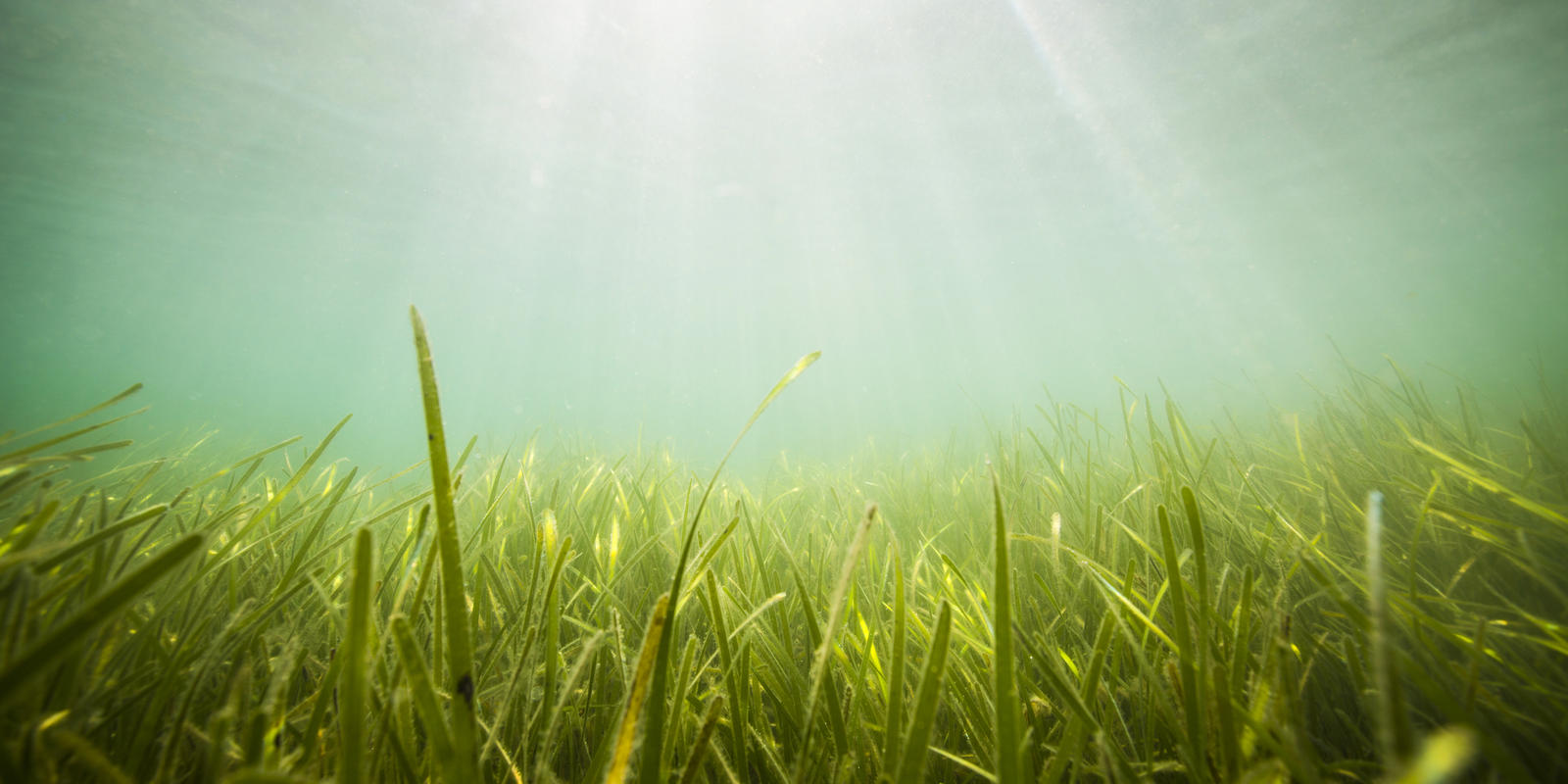
- Sustainable Planet -
- 5mins -
- 511 views
The UK sows seagrass meadows to fight climate change
A million seagrass seeds are being planted as part of the UK’s biggest ever seagrass restoration scheme; a bid to help tackle climate change, as seagrass captures carbon dioxide up to 35x quicker than tropical rainforests.
Project seagrass: planting hope for the future
Hundreds of thousands of seagrass seeds have been planted off the Pembrokeshire coast as part of the UK’s biggest ever seagrass restoration scheme. The project aims to help tackle climate change as seagrass captures carbon dioxide up to thirty-five times quicker than tropical rainforests. Sky Ocean Rescue, WWF and Swansea University worked together to help plant the 750,000 seeds in Dale Bay, Pembrokeshire (Wales). More seeds will be planted later this year as part of the scheme.
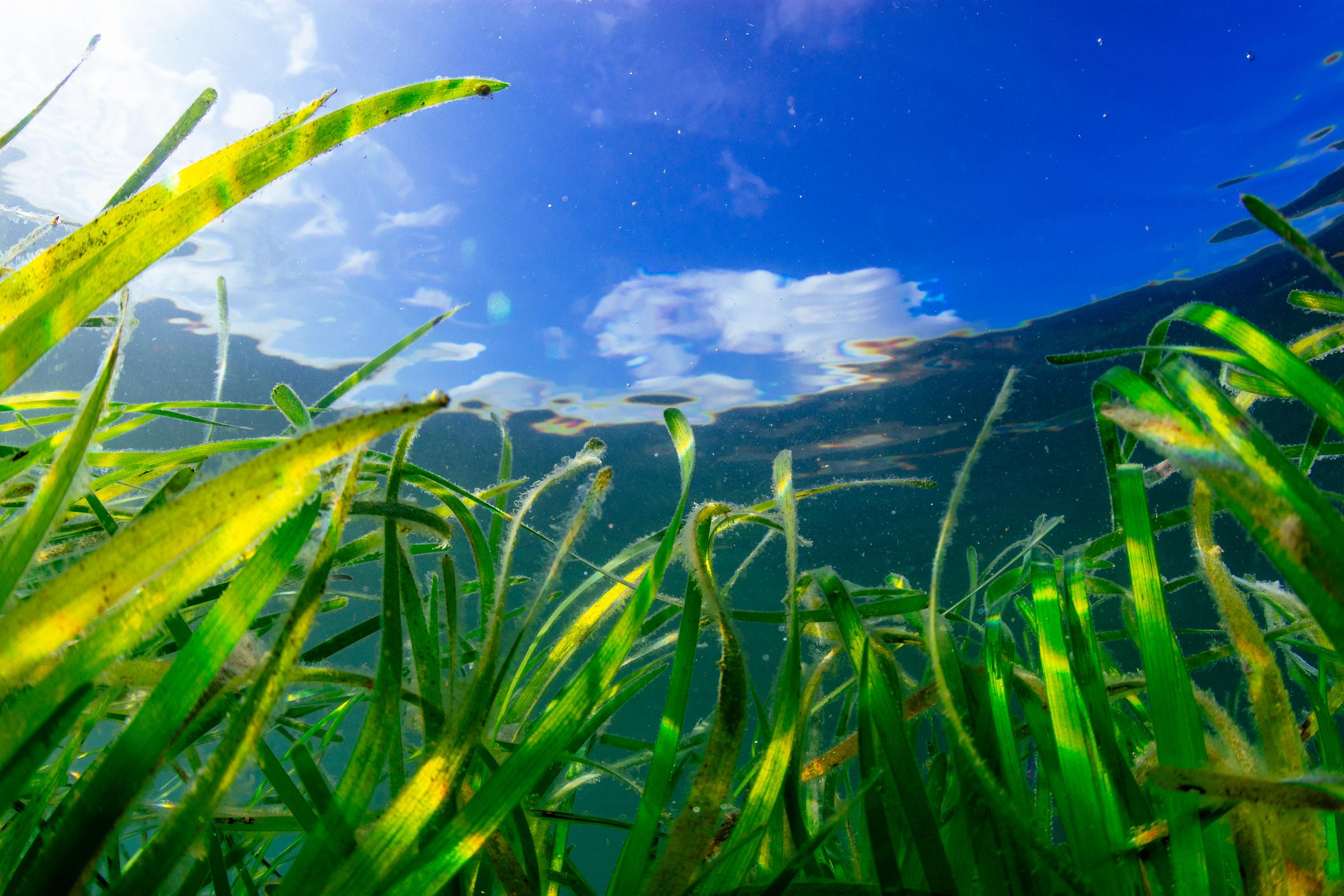
Seagrass captures carbon from the atmosphere up to 35 times faster than tropical rainforests
Sky Ocean Rescue, leading conservation organisation WWF and Swansea University are launching the biggest seagrass restoration project ever undertaken in the UK, to help this important habitat to thrive once again.
Swansea University press office report that Seagrass Ocean Rescue aims to restore 20,000 m2 of the marine plant in west Wales, following the disappearance of up to 92% of the UK’s seagrass in the last century. The huge decline has been caused by pollution, runoff from the land, coastal development and damage from boat propellers and chain moorings.
Seagrass is a flowering marine plant that captures carbon from the atmosphere up to 35 times faster than tropical rainforests, making it a key weapon in the battle against climate change. It often grows in large underwater meadows, which absorb carbon dioxide and release oxygen. As the fires continue to engulf the Amazon rainforest – the largest land-based carbon sink on the planet – the ocean’s role in halting climate change is becoming all the more important.
Alec Taylor, WWF head of marine policy, said: “Seagrass is a wonder-plant that doesn’t get the recognition it deserves, so its steep decline is extremely concerning. Without seagrass the myriad of amazing species that depend on it could disappear, the food we eat will be affected and the amount of carbon in the environment will increase.
“Along with Sky Ocean Rescue and Swansea University we are urgently calling on governments to use the model our project is creating to bring back these lush underwater meadows. Governments also need to work with local communities to ensure that these vital areas are well managed. The UK can become a global leader on restoring ocean health and combating climate change, if it uses the solutions that nature provides.”
Source: UniversityofSwansea
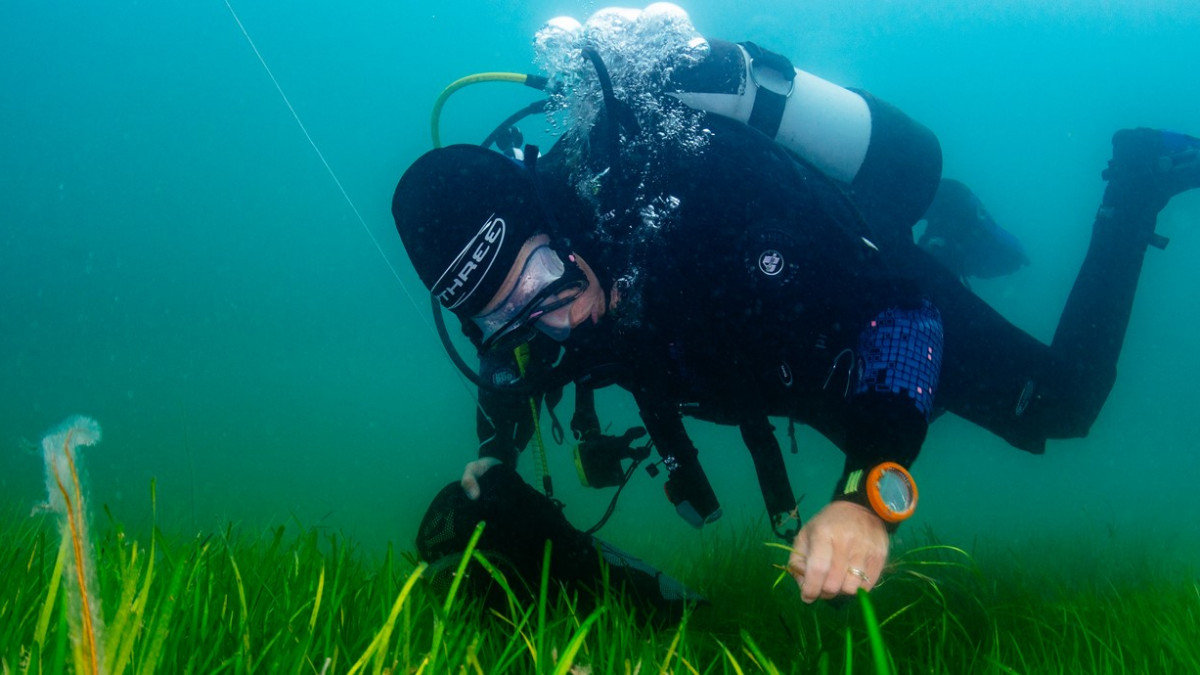
The project will create a model for large scale seagrass restoration throughout the UK
Sky Ocean Rescue (Sky’s campaign to improve ocean health, reduce our plastics habits and inspire millions to make a change), WWF and Swansea University have come together on this project because seagrass is vital to our oceans and can help to answer some of the world’s most pressing environmental concerns:
- Globally, it accounts for 10% of annual ocean carbon storage, despite occupying only 0.2% of the seafloor
- It is important for biodiversity, acting as a nursery for a wide variety of marine life from endangered seahorses to colourful sea snails. 10,000 m2 of seagrass can support 80,000 fish and 100 million invertebrates.
- It is a crucial habitat for many of the fish we eat such as cod, plaice and pollock
- It helps protect our coasts from erosion as it absorbs wave energy
- It produces oxygen
- It helps clean the ocean by absorbing polluting nutrients produced on land by humans
The cutting-edge pilot project will create a model that could lead the way for large scale seagrass restorationthroughout the UK if it is adopted by UK governments.
Source: UniversityofSwansea
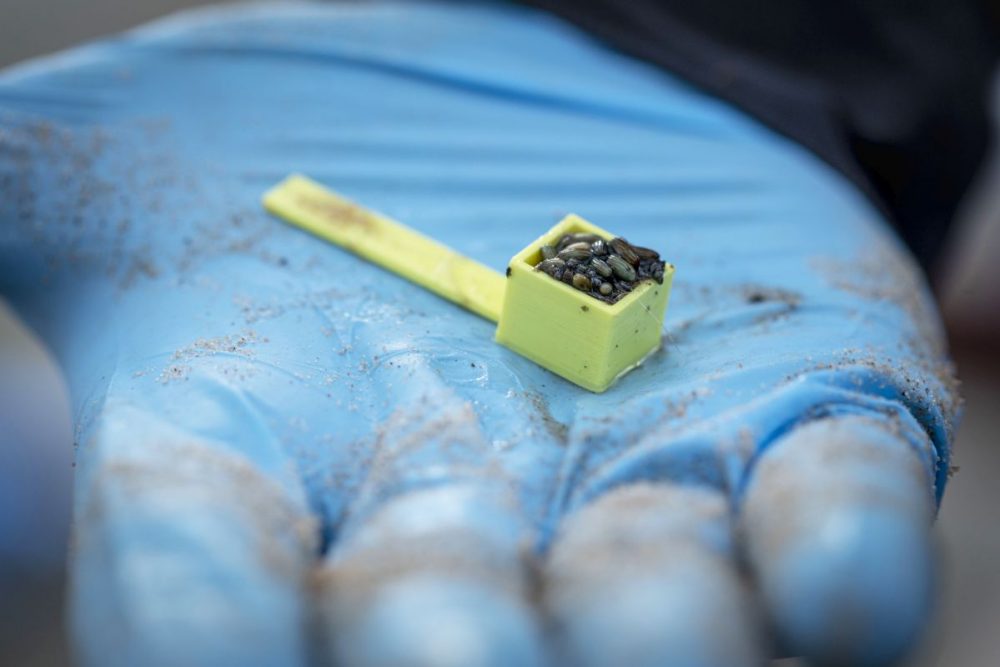
The work aims to further understanding of the importance of seagrass its benefits
Last summer, one million seeds were collected from existing meadows around the British Isles by a group of volunteers led by Swansea University. The seagrass, which is found in shallow, sheltered areas along the coast, was reached by snorkelling, diving and wading. The blades containing the seeds were snapped off – causing no harm to the plant – and then taken to laboratories where they were sorted and prepared, following a method pioneered by Swansea University.
The seeds are put in hessian bags to secure them when they are planted on the seabed at a site in Dale Bay, Pembrokeshire. Historically this area has lost seagrass, but has the right features for it to survive in terms of water depth and sufficient light levels.
Swansea University’s Dr. Richard Unsworth, director of the conservation charity Project Seagrass and lead biologist on the project, said: “If we want to provide our fisheries and our coastlines with the potential to adapt to a rapidly changing climate we need to restore the habitats and biodiversity that support their productivity. Providing a demonstration of the potential for restoration of our marine environment to be meaningful will hopefully act as a catalyst for further recovery of our UK seas.”
Seagrass Ocean Rescue involves working with the local communities close to the planting site, to design the project in a way that does not affect local livelihoods and lifestyles. The work also aims to further understanding of the importance of seagrass and the benefits that it can bring to the area.
In addition to supporting an increase in fish, crab and shrimp numbers, which will benefit fishers, the area containing the seagrass is likely to see improved water clarity, enhancing local watersports activities. The work aims to demonstrate how communities and conservation can work in harmony.
Source: UniversityofSwansea
